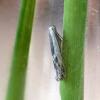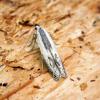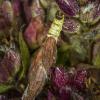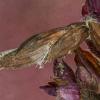35.037 Thiotricha subocellea (Stephens, 1834)
Status and Distribution
Local, occasionally locally common in southern and eastern England, very local in Wales, scarce in northern England and eastern Scotland. The moth appears to be absent from much of south west England, most of Scotland, all of Ireland, Northern Ireland, Isle of Man and the Channel Islands. The distribution matches that of the main larval foodplant, marjoram, quite well apart from the lack of records from Ireland, where the plant occurs quite widely in central and southern Ireland.
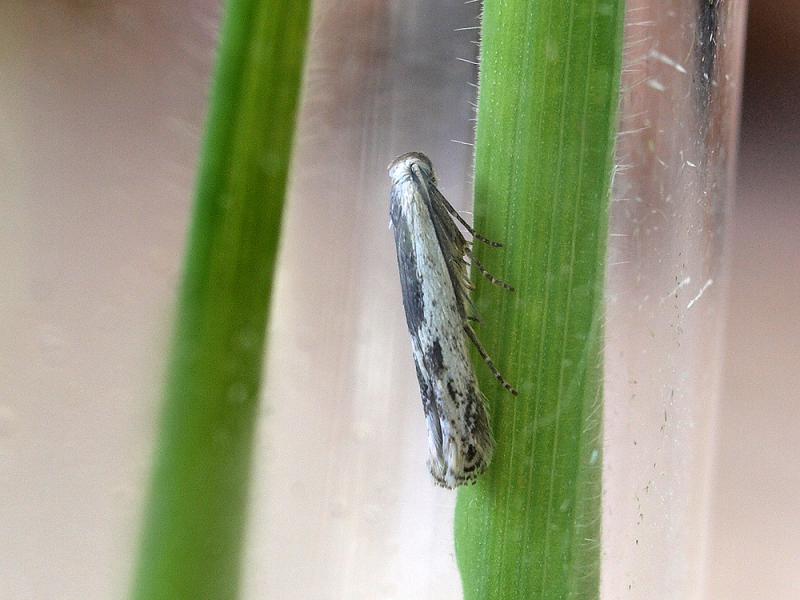
Provisional map
Foodplant and Larval Feeding Signs
Origanum vulgare (marjoram), see plant distribution map, occasionally Mentha aquatica (water mint) or Thymus polytrichus (thyme).
In Europe, also reported on Calamintha sp. (calamint) and Satureja montana (winter savory).
Constructs an elongated case made up of four to five empty calyxes progressively stacked inside each other as the larva grows. Feeds on the seeds.
Habitat
Chalk and limestone grassland, coastal dune grassland, golf courses, wet meadows, fenland, broads, bogs and edges of streams, lakes and flooded old quarries.
Finding the Moth
Larva: cases can be found amongst the various foodplants in the autumn.
Adult: can be swept from amongst the foodplants, flies at dusk and later comes readily to light.
Similar Species
The darker marked individuals are readily identified at rest by the dark greyish fuscous markings at the base of the forewing coming together to make a prominent cigar-shape. These markings can on occasions be very pale grey or absent, in which case the pointed tip to the hindwing will separate the moth from whitish narrow-winged species in other families.
Single brooded from mid-June to mid-August.

